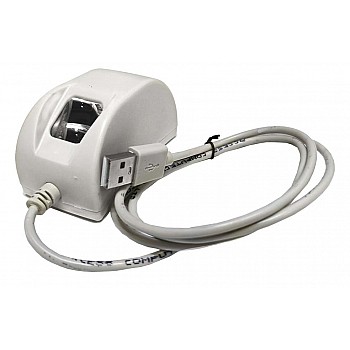L1 Biometrics Devices
The Mantra MFS110 L1 solves the everyday challenge of fast, reliable biometric authentication for attendance, access control and Aadhaar-enabled servi..
₹2,999.00 ₹4,199.00
The Morpho MSO 1300 E3 RD L1 solves attendance and access control friction with fast, reliable fingerprint recognition that minimizes time lost at ent..
₹3,799.00 ₹5,999.00
Startek FM220U L1 Biometric Fingerprint Scanner with RD — FM220U L1
The Startek FM220U L1 solves secure identity capture and reliable authenti..
₹2,999.00 ₹4,599.00
The Mantra MIS100 V2 solves secure, touchless identity verification for high-traffic environments by delivering fast, accurate iris recognition with a..
₹2,999.00 ₹7,650.00
Laptops For CSC Vle
The Lenovo ThinkPad X1 Carbon solves the need for a premium, ultra-light business laptop that doesn’t compromise on power. Ideal for executives, frequ..
₹30,889.00 ₹289,999.00
The Lenovo ThinkPad T480 refurbished laptop delivers business-grade performance and rock-solid reliability for professionals who demand speed, securit..
₹18,989.00 ₹125,000.00
Summary
The Dell Latitude E5470 refurbished delivers dependable business performance in a compact 14" package — perfect for professionals, stud..
₹14,989.00 ₹100,000.00
Powerful, reliable and budget-friendly, the refurbished HP EliteBook 850 G3 solves the need for a fast, professional-grade laptop without the new‑devi..
₹24,889.00 ₹129,000.00








-350x350w.jpeg)
-350x350w.jpeg)